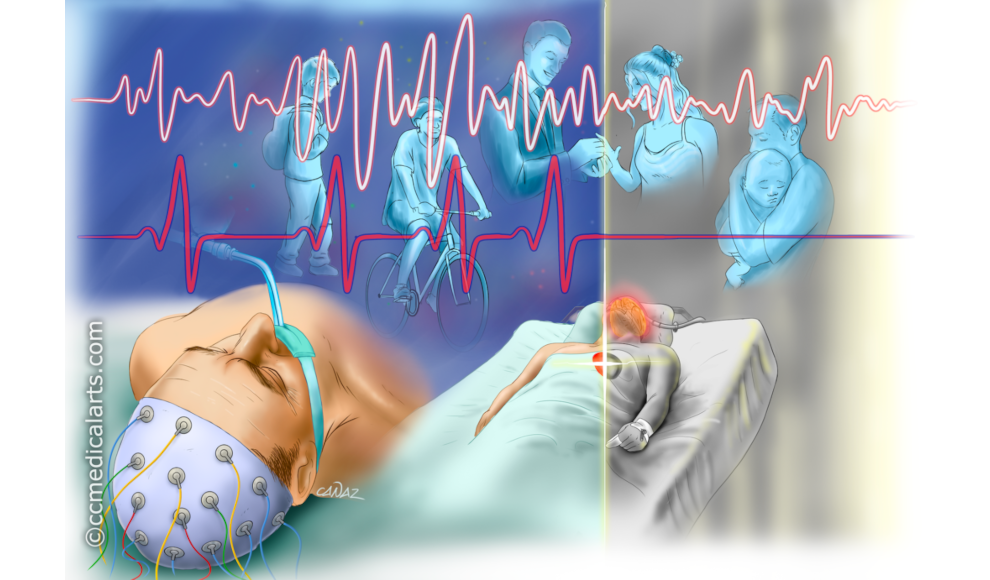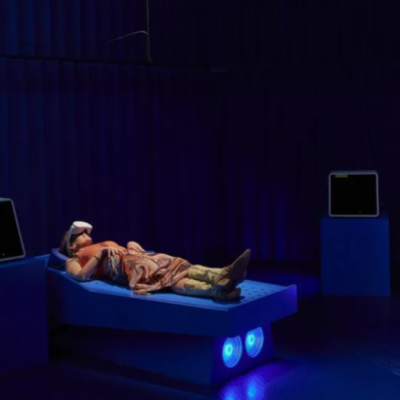For the first time, doctors have recorded the brain activity of a person seconds before and after their death. The observed brain waves are typically associated with memory recall and dreaming, suggesting that a person’s life may indeed flash before their eyes before they die. The University of Louisville scientists who conducted the study published their findings in the journal Frontiers in Aging Neuroscience. They recorded brain scans of a dying patient just before and after their death, observing brain waves that are normally associated with dreaming, meditation, and memory recall. These waves began just before the patient’s last heartbeat and continued for up to 15 seconds after.
The study supports the idea that a person’s life may flash before their eyes before they die, a concept that has long fascinated humanity. Reports of near-death experiences have suggested that this phenomenon occurs, and the University of Louisville study provides the first scientific evidence to support it. The researchers stumbled upon the opportunity to conduct the study when an 87-year-old man was admitted to a Canadian hospital with a heart attack and bleeding in his brain. Despite the doctors’ efforts to remove the clot, the patient suffered seizures and was monitored with an electroencephalogram (EEG) to determine the cause. The EEG recorded the patient’s brain waves just before and after his heart stopped beating, providing the researchers with the data they needed.
While the study’s results are intriguing, they are based on data from only one patient, making it difficult to verify their accuracy. However, the findings are consistent with reports of near-death experiences and suggest that a person’s brain activity may continue for a short time after their heart stops beating. The study’s lead author, Ajmal Zemmar, notes that the results are surprising and unexpected, and the team waited several years to publish their findings to see if similar cases would occur. While the study’s limitations prevent it from being conclusive, it provides a fascinating glimpse into what may happen in the moments before and after a person’s death.










